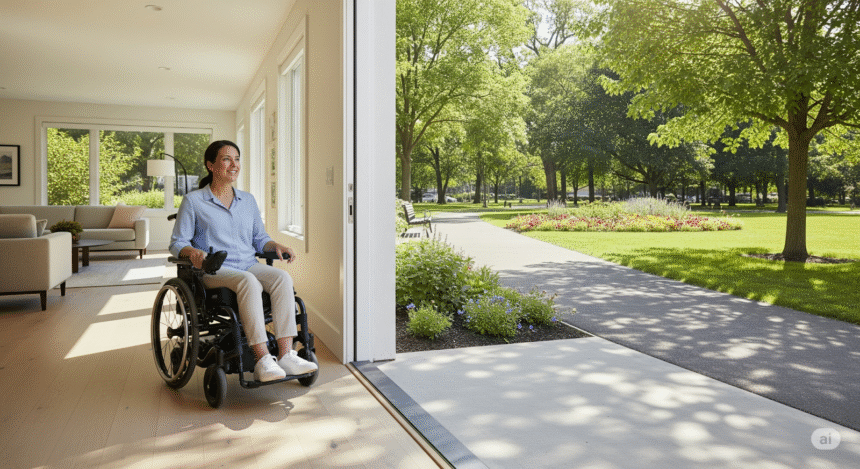Mobility aid users depend on thoughtful environments that allow them to move with confidence. While technology in electric wheelchair has advanced rapidly, the true measure of accessibility lies in how well homes, workplaces, and public spaces are designed to accommodate everyone. Seamless access is not simply about building structures but about creating inclusive communities where movement feels natural and unhindered.
Why Accessibility Shapes Daily Life
Accessibility influences nearly every part of daily life, from entering a building to moving through hallways or visiting a park, the ease of mobility has a direct impact on independence. When spaces are designed with inclusion in mind, individuals can focus less on obstacles and more on living their lives with comfort and dignity.
Inclusion as a Shared Responsibility
It is important to understand that accessibility is not only the responsibility of those who need it but a shared goal of society. Families, communities, and institutions all benefit when spaces are welcoming to everyone. By making accessibility a priority, we create opportunities for social connections, active participation, and equal experiences.
Home Environments and Daily Comfort
Within the home, seamless access often begins with simple design choices. Wider doorways, lower counters, and easy controls help make living spaces more functional. These adjustments create freedom, ensuring individuals can move between rooms, cook, relax, and manage household tasks with confidence.
Adapting Spaces for Independence
Homes that adapt to mobility needs become empowering environments. When a person can use their device without restriction, they feel greater control over their life. This independence reduces reliance on others and helps build a sense of comfort and security. Thoughtful home design plays a vital role in achieving this balance.
Public Spaces and the Importance of Design
Beyond private homes, public areas must also support accessibility. Parks, shopping centers, offices, and transportation hubs are all part of daily routines. A truly inclusive city is one where movement is smooth and natural, allowing individuals with mobility needs to participate fully in public life.
Small Changes with Big Impact
Features such as level entrances, smooth flooring, and wider walkways may seem small but they create a big difference. These adjustments remove barriers and open doors for individuals who want to move independently in shared spaces. The goal is to make mobility effortless so that daily activities feel less like challenges and more like opportunities.
Technology and Modern Solutions
Advances in technology continue to transform accessibility. Smarter mobility devices, improved building materials, and innovative architectural designs are helping create spaces that respond to the diverse needs of people. This progress highlights how technology can serve as a bridge between independence and inclusion.
Blending Functionality with Comfort
The best solutions are not only functional but also comfortable. A well-designed public building should feel welcoming while also providing smooth movement for all users. When spaces combine style with accessibility, they demonstrate respect for every individual’s needs.
Overcoming Common Challenges
Stairs without alternative access, narrow pathways, or poorly designed facilities can create frustration. Overcoming these challenges requires thoughtful planning and a commitment from both individuals and communities to ensure no one feels excluded.
Building for the Future
By considering accessibility from the beginning, architects and planners can avoid costly modifications later and create spaces that work for everyone from the start. This forward-thinking approach ensures that accessibility becomes a standard, not an afterthought.
The Role of Supportive Tools
In creating these transitions, supportive tools play a vital role. A wheelchair ramp for instance, is more than just a structural feature. It is a gateway to independence, allowing users to move from one space to another with dignity and ease. These solutions symbolize how thoughtful design can change daily experiences and help bridge gaps in accessibility.
A Future Built on Inclusion
Seamless access in homes and public spaces is about more than convenience. It is about creating a world where independence, comfort, and participation are possible for all. By combining thoughtful design, modern technology, and a commitment to inclusion, we can ensure that mobility devices like electric wheelchairs are supported by environments that enhance freedom. The future of accessibility depends on choices made today, and those choices have the power to transform lives.







